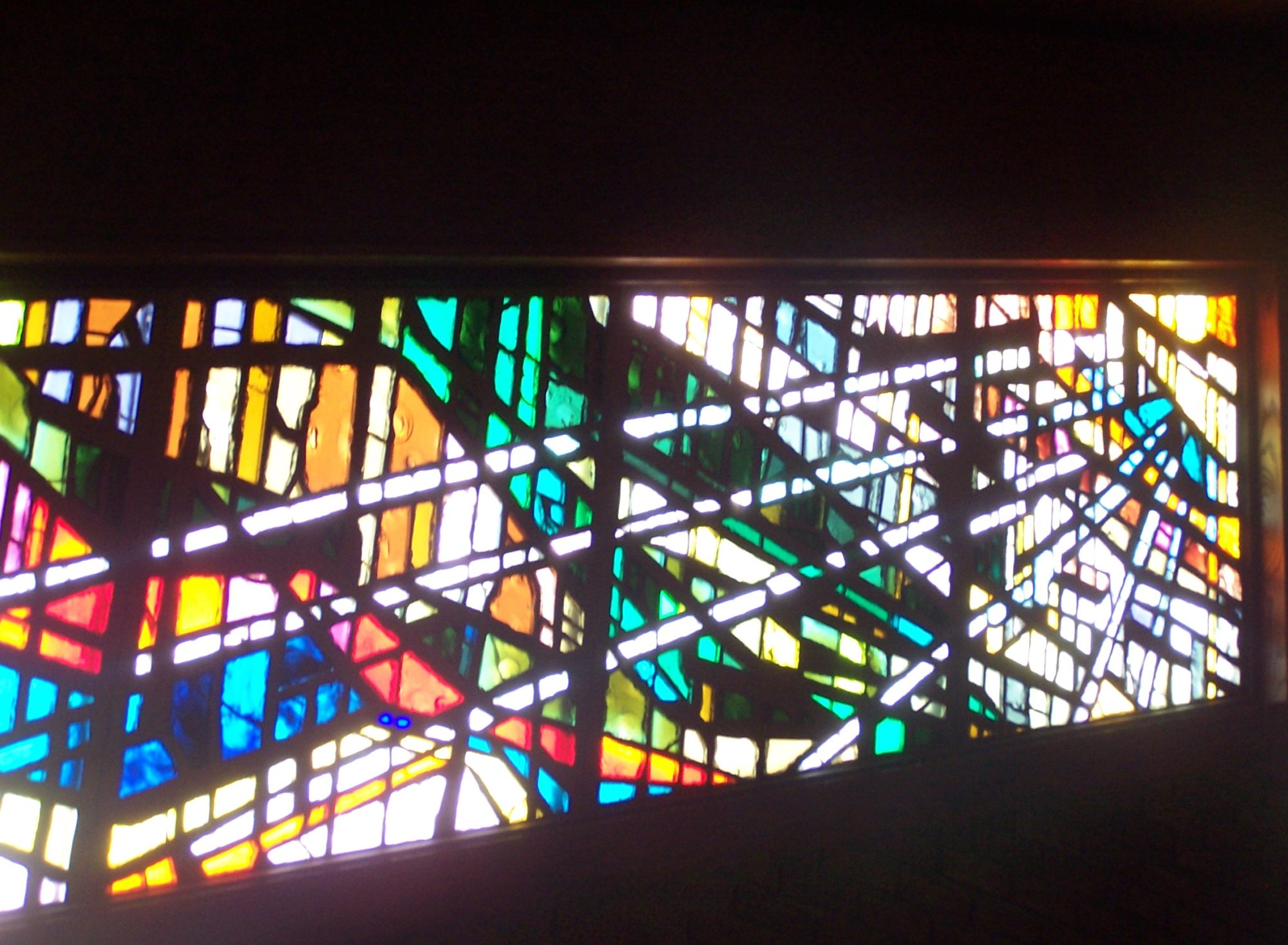Many of the congregational milestones focus on the Church year and ways to celebrate and observe it. The Church year contains the seasons and celebrations of the Church that are observed in our congregation. Each provides opportunities to explore them at home.
About the Church Year
From the beginning Christians have used the marking of time as a way to experience and encounter God. The early church moved worship from Saturday (the sabbath) to Sunday and evening to morning as a way of emphasizing Jesus’ resurrection (“early in the morning on the first day of the week”). In time they began celebrating the regular events in Jesus life and then adding seasons that emphasize those events. In time, a schedule of scripture readings, know as a “lectionary”, was created to move through the seasons and emphasize the various parts of the Bible.
Today we observe a cycle of seasons that is similar in many Denominations. In addition we follow the Revised Common Lectionary, a three year cycle of readings. Following the lectionary helps us enter into the Bible as a whole and journey with God through the story of how God is redeeming the world.
The Seasons and Festivals
- Advent – The church year begins with Advent, the season of preparation. It is the four weeks prior to Christmas. The first two weeks of Advent consider Jesus promise to return and God’s work at restoring the world. The second half of Advent looks toward Jesus’ first coming and the stories that lead up to his birth.
- Hanging of the Greens – is a time to decorate the church building for Advent. It can also be a done at home as you decorate for Advent and Christmas. The blessing of the Christmas Tree is a delightful devotion available at the church for this day.
- St. Nicholas’ Feast Day. December 6th is the day we honor St. Nicholas, the inspiration for Santa Claus. There are some suggestions for celebrating St. Nick on the Advent Milestones page.
- Christmas – In the Church, Christmas is more than a day–it’s a season of 12 days. It begins on Christmas Day and continues to January 6th. It is the joyful celebration of Jesus’ Birth.
- Christmas Eve – Watch for a special worship opportunity at church on this evening
- Christmas Day – Worship is offered Christmas morning at church.
- Epiphany – January 6th, the last day of Christmas is the day we remember the wisemen and the star that they followed.
- The Season after Epiphany – Known as “ordinary time” it is the time between Epiphany and the beginning of Lent. Epiphany means “revelation” and this season is filled with stories of people realizing Jesus is someone special.
- Baptism of Our Lord – On this day we remember Jesus Baptism
- Transfiguration Sunday – This Sunday celebrates Jesus Transfiguration
- Lent – With Lent we enter into another time of preparation. This time it is for the celebration of Jesus’ resurrection. Lent invites us to remember that we fall short and make mistakes, but that God forgives. Lent is 40 days long (not counting the Sundays).
- Ash Wednesday
- Holy Week
- Maundy Thursday
- Good Friday
- Holy Saturday
- Easter – Like Christmas, the celebration of Jesus’ resurrection is more than just a day–it’s a season that lasts for 50 days. During Easter, we read the stories of Jesus’ resurrection and the time between the resurrection and his ascension into heaven. It is the most joyful time of the church year.
- Easter Day
- Ascension Day
- Pentecost
- Season after Pentecost – Another period of “ordinary time”, the season after Pentecost is filled with the teachings of Jesus. It is a period that invites us to grow in our understanding of Jesus.
- Trinity Sunday
- Reformation Sunday
- All Saints
- Thanksgiving
- Christ the King

